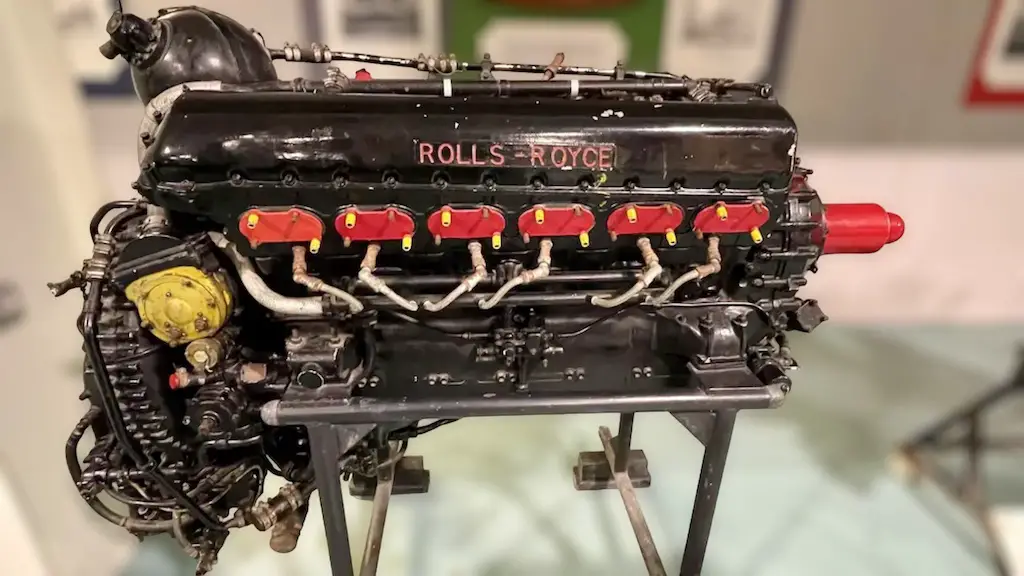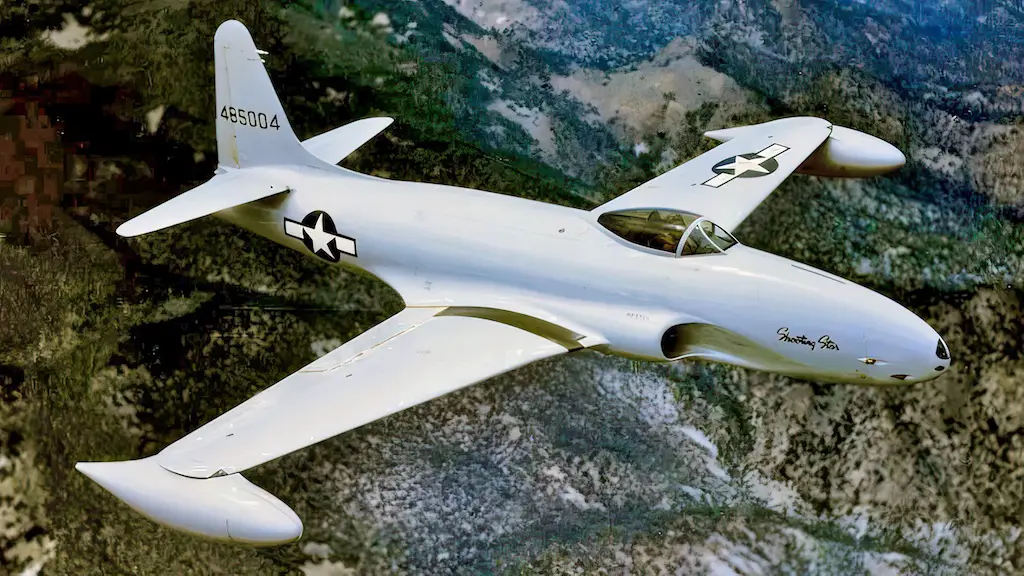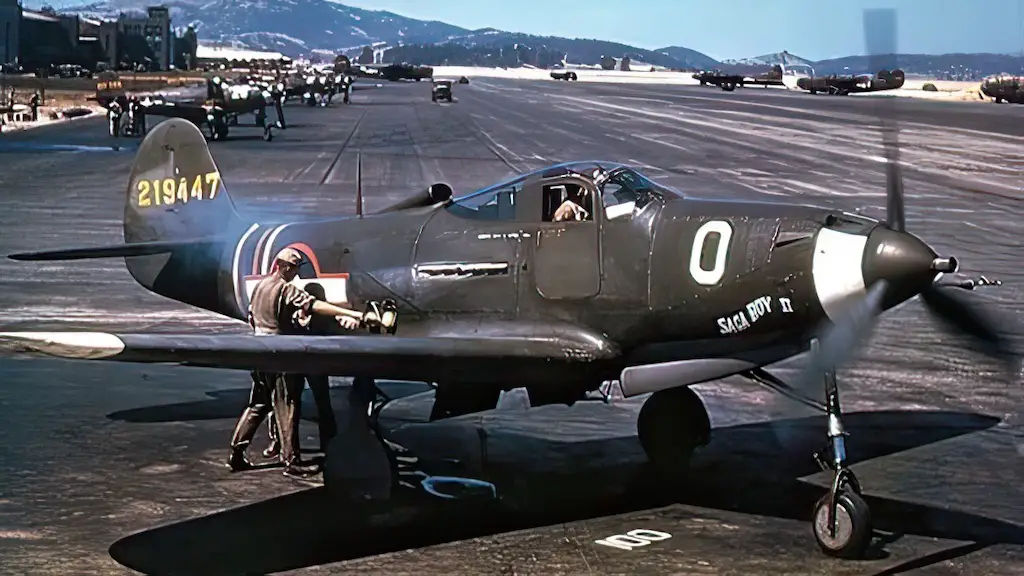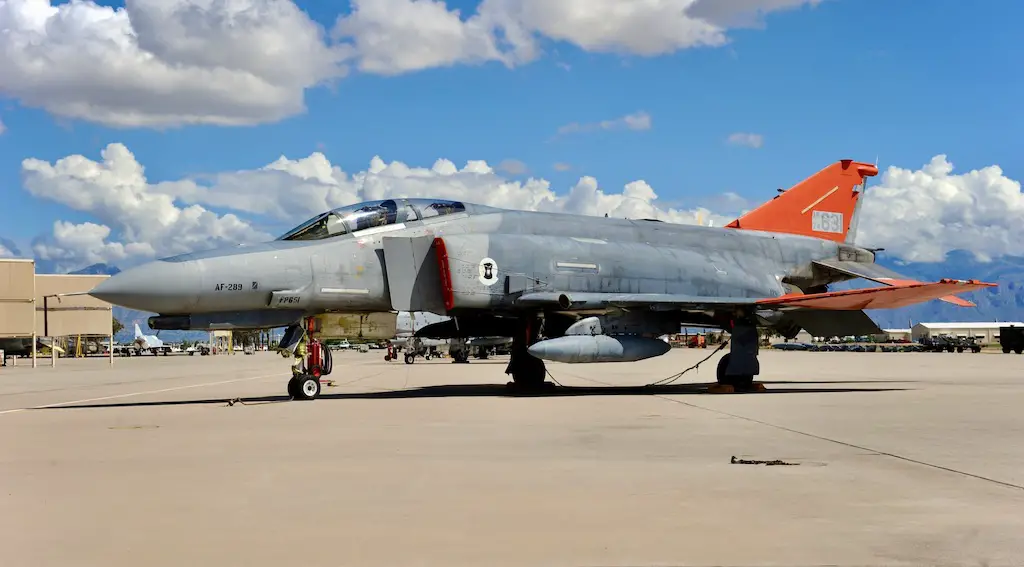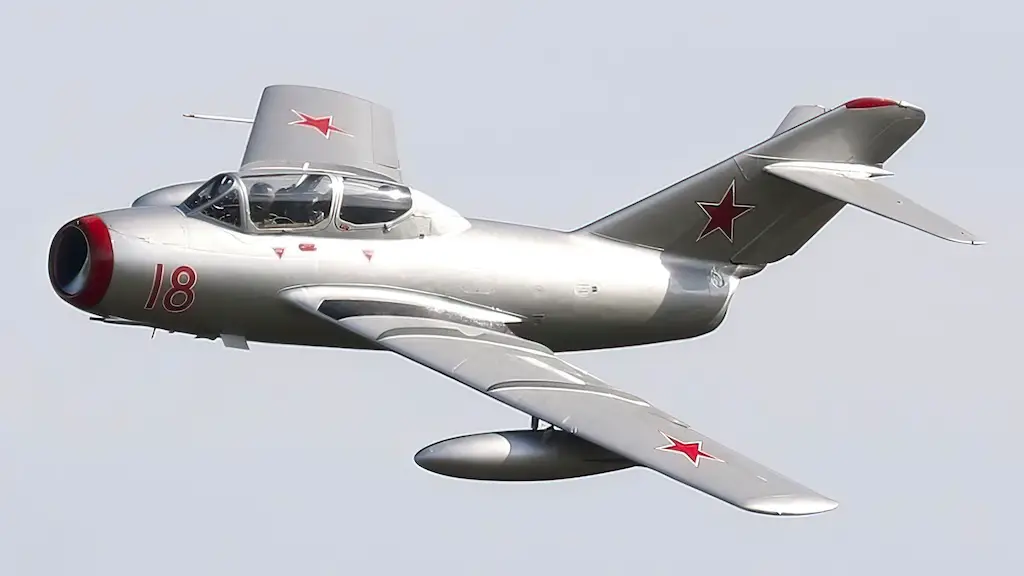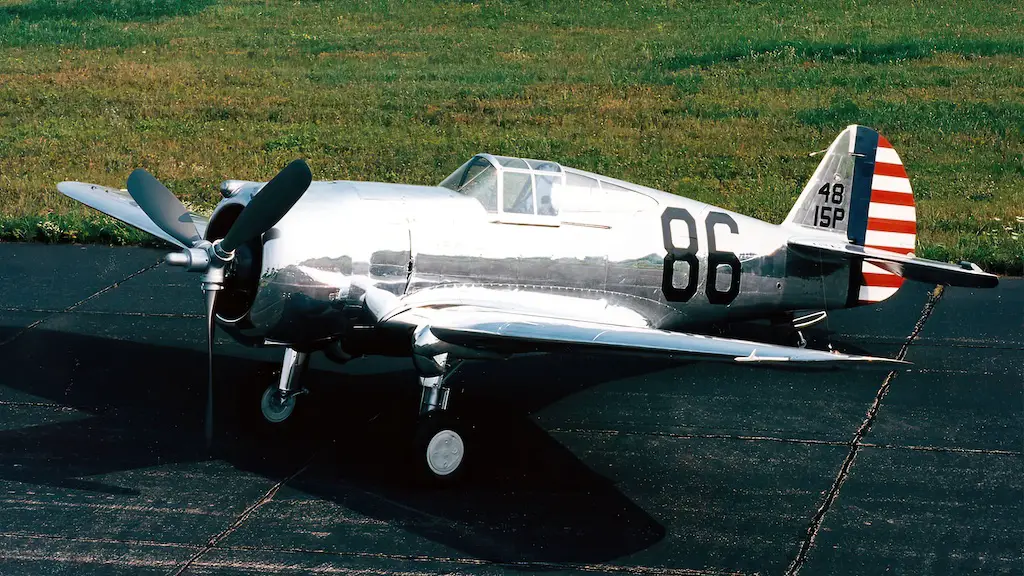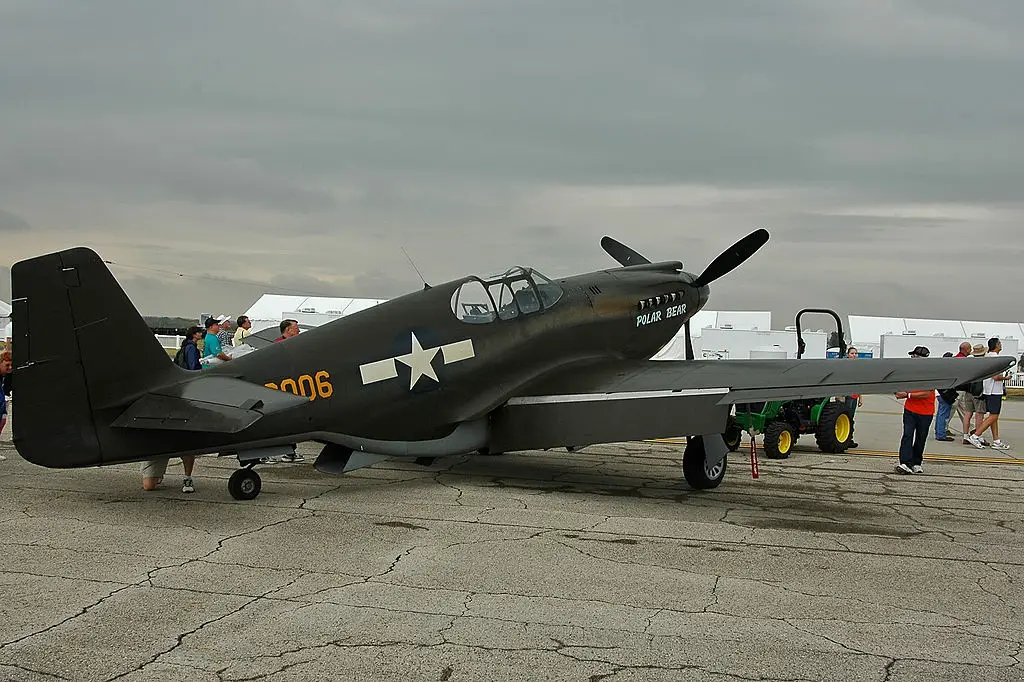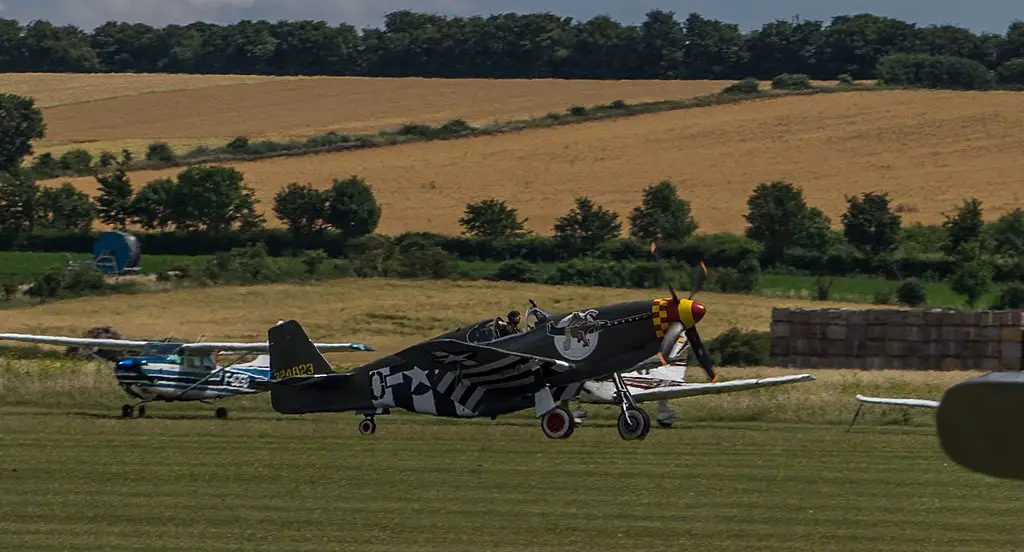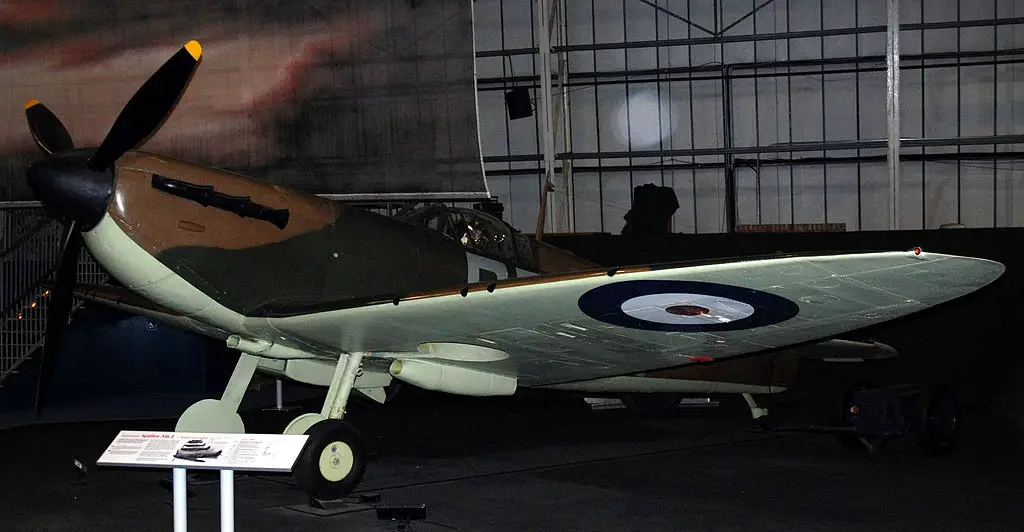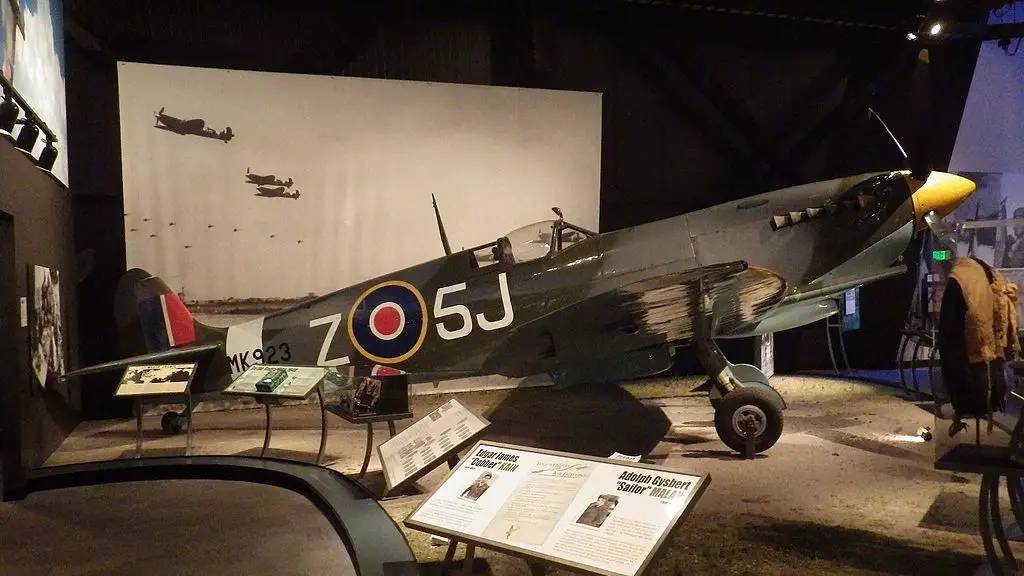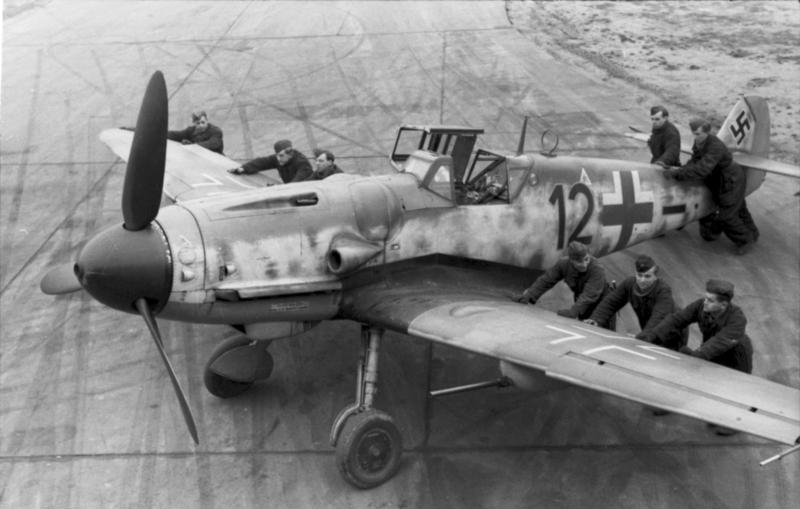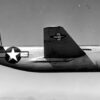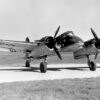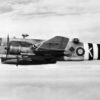Powerful
Powering the famed U.S. American P-51 Mustang and British Spitfire aircraft of the era, the Rolls-Royce Merlin engine is undoubtedly one of the most prolific engines to see service in allied hands during the Second World War. Its use was not limited to aerospace technology, but was also widely used in various tanks as the Rolls-Royce Meteor.
This provided the British with an engine capable of supplying large amounts of power reliably and give them an edge over the axis tanks that were quite notorious for breaking down especially during the final years of the war.
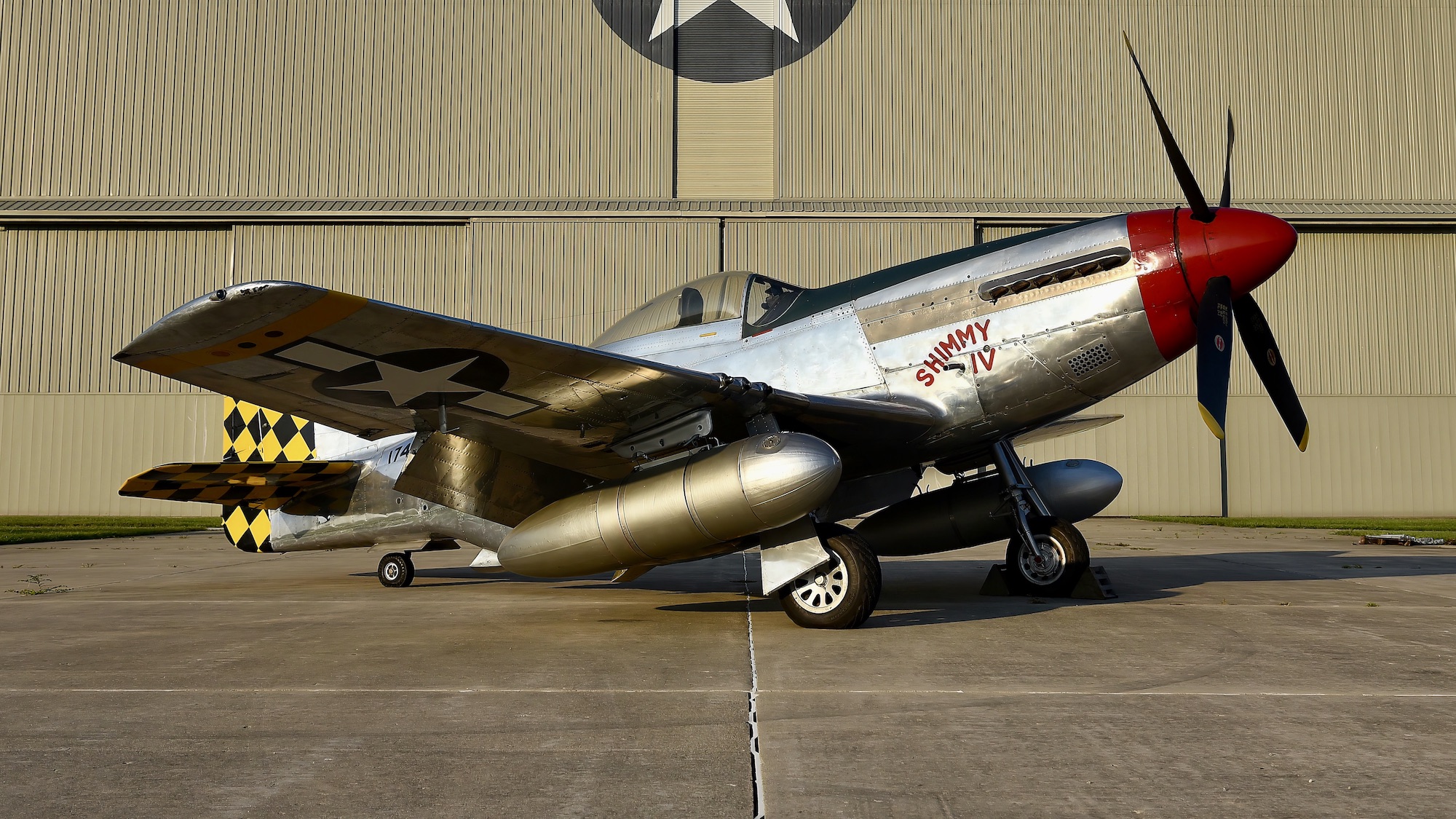
Performance
Rolls-Royce came to the realisation in the early 1930s that their successful 21 L 700 hp Kestrel V12 engine would sooner or later be outperformed be outperformed by one of the engines of the many competitor manufacturers of the time. Consequently, work on what would later become the Merlin engine began.
The design that followed the Kestrel V12 was named the PV-12 and it would sport a 27 L displacement with the power of 1,100 hp. It was fired up in 1933, but first fitted and flown in a Hawker Hart in 1935. Around the same time, the Supermarine Spitfire and Hawker Hurricane aircraft had been designed to accommodate the PV-12.
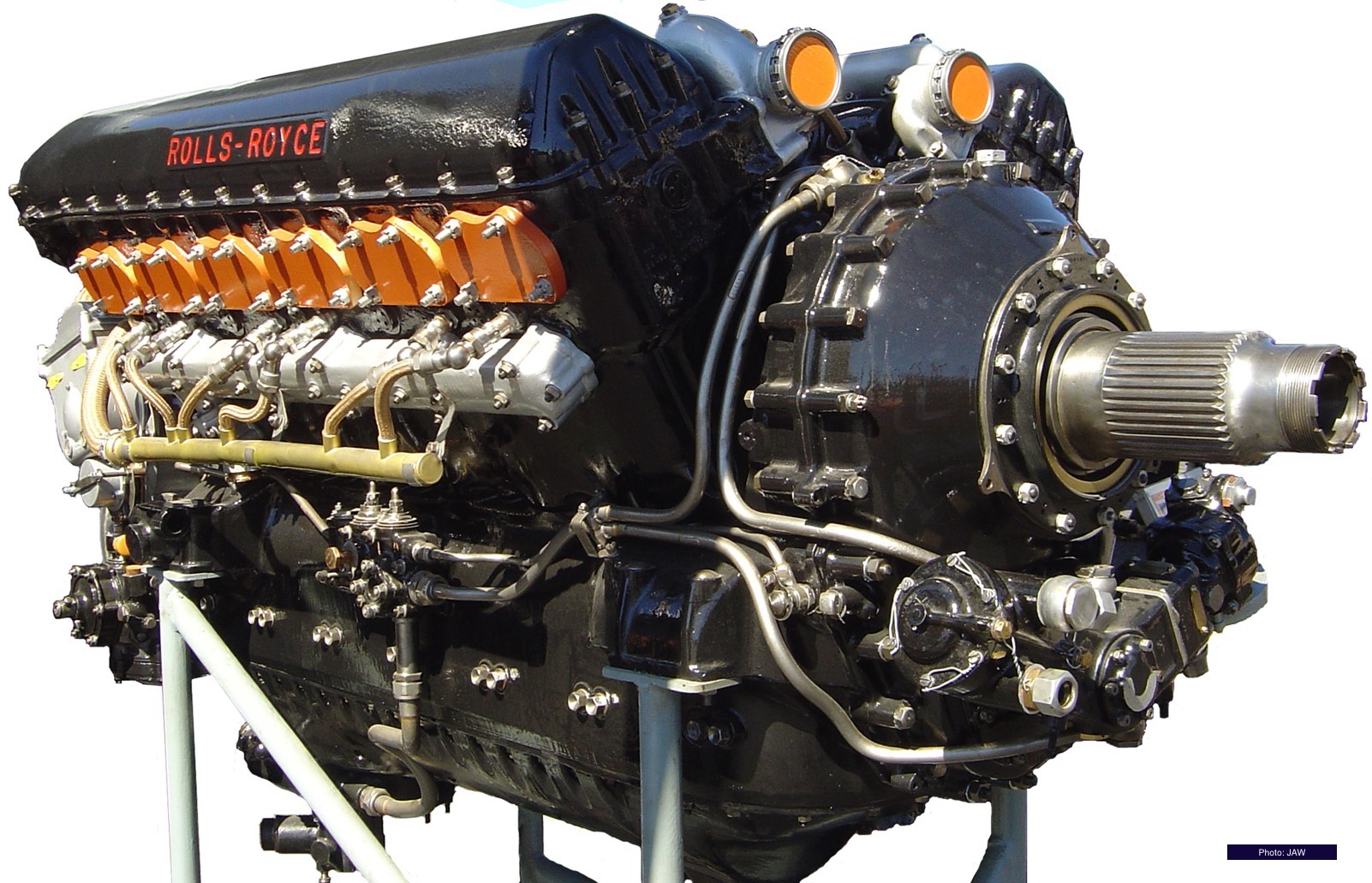
As contracts of production were awarded for these aircraft in 1936 by the Royal Air force, the PV-12 itself went into mass production as well. It would be renamed the Merlin (a subspecies of falcon), following a Rolls-Royce tradition of naming their engines after birds of prey. The first variant to enter production was quaintly named the Merlin I. Over fifty more versions of the Merlin engine would be produced in the total duration of its service.
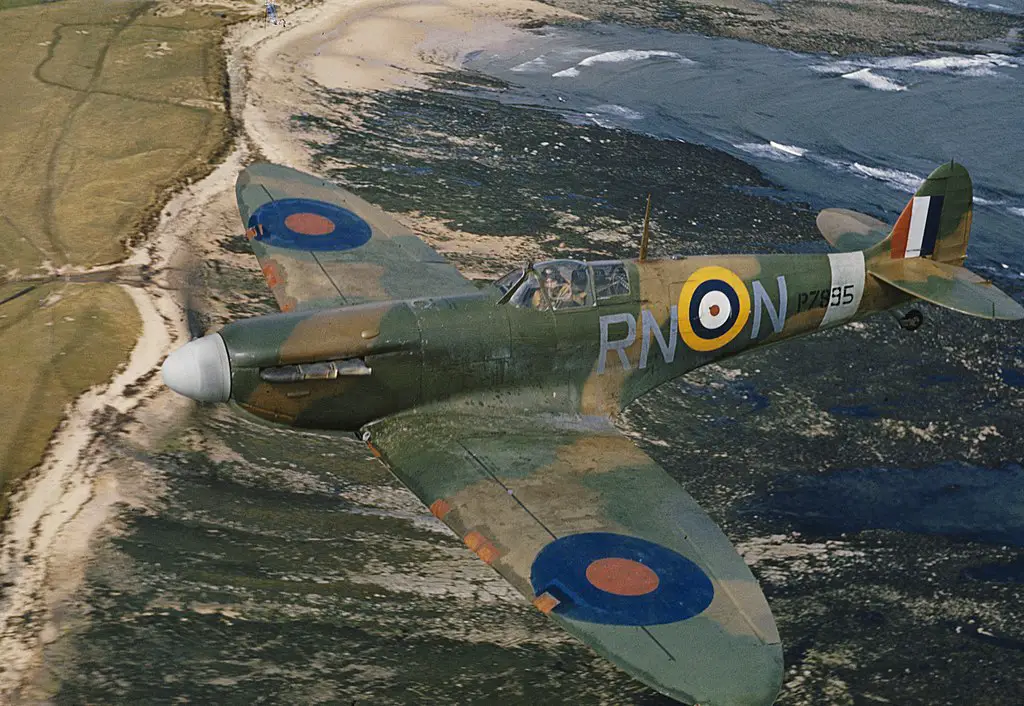
Great success
The Merlin in particular saw great success within the European theatre. In the many dogfights, its supercharger gave a performance advantage at high altitudes over engines such as the US-made Allison V-1710. This supercharger was used on all models until the Merlin 60 series, when a two-stage supercharger was used. This gave an even bigger performance boost at high altitudes. The Merlin 60 could produce 300 more hp than the Merlin 45 at 30,000 ft (9,100 m), and gave the Spitfire IX a 70-mph (112 km/h) speed increase over the Spitfire V.
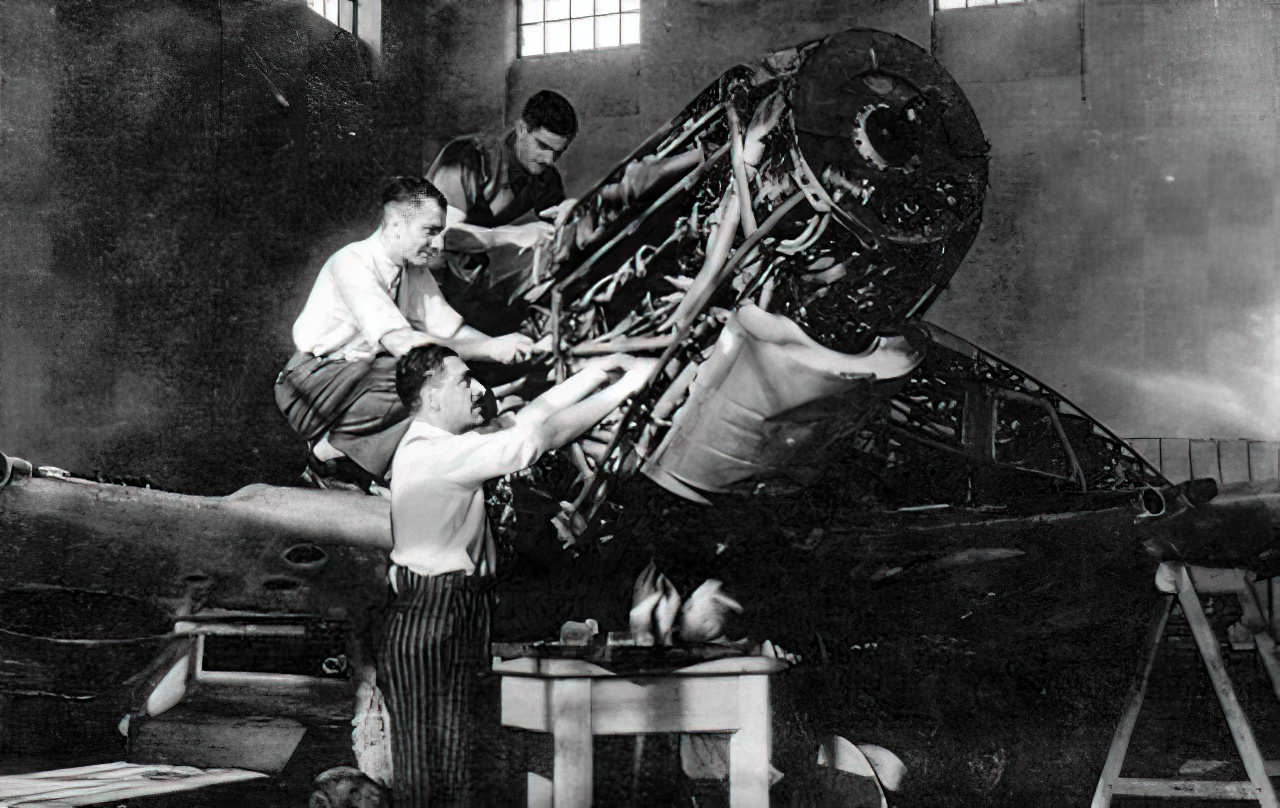
One of the Merlin’s defects however, was its carburettor air-fuel delivery. It was calculated that the lower temperature in the carburettor would provide a denser air and fuel mixture and therefore more power over a fuel injected system, but this came at a cost of continuous fuel supply. What this all means is that when a Merlin-powered aircraft performed a steep dive, the negative gravitational forces would temporarily starve the engine of its fuel and shut it down.
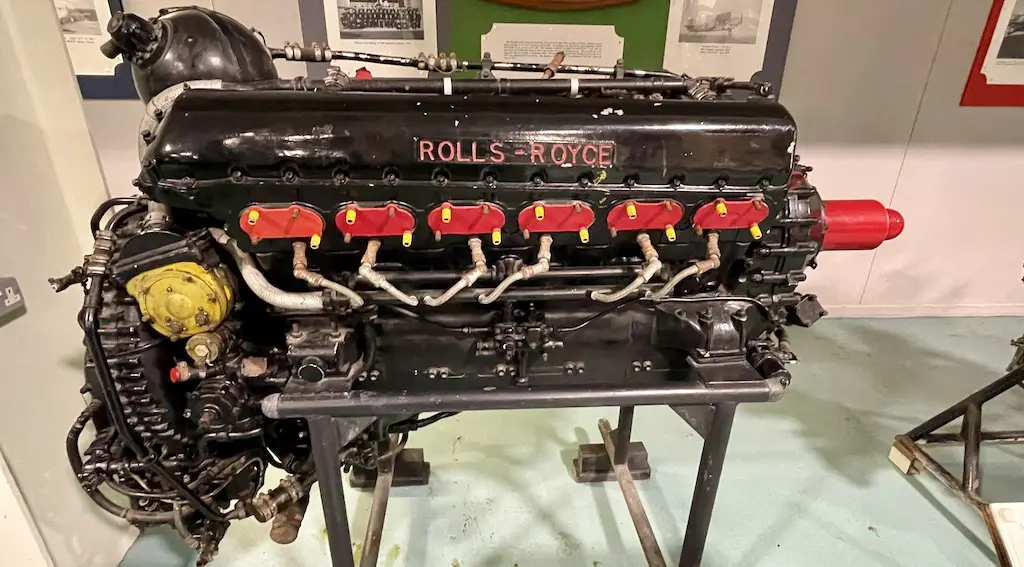
German equivalent
German engines like that of the Bf 109 were fuel injected. That meant they produced power at any orientation. They would often exploit this Merlin’s weakness by simply nosing down to avoid an attack. The German Junkers Ju 87 dive bomber was also particularly known to heavily nose dive as their main tactic was deliver their bombs as accurately as possible with an overpowered aerial thrust.
The ‘Miss Shilling’s orifice’ partly solved the issue. Named after its designer, it attempted to reduce the fuel rich mixture and maintain engine power with some other solutions added later on. However, the problem was never fully resolved.
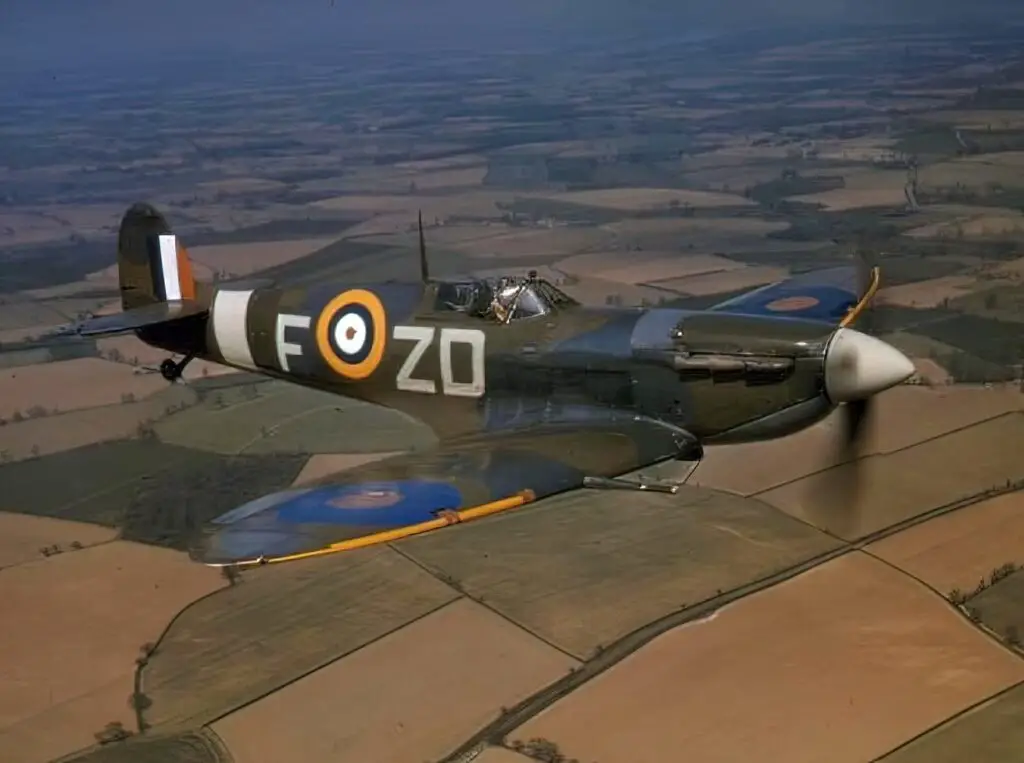
Thrust
The Merlin was also capable of produce a small amount of thrust to increase aircraft top speed with thrust. It consumed a busload of air, and thus would eject exhaust gases out at around 1,300 mph (2000 km/h). It was discovered that if properly directed, this high-speed air could produce a small amount of thrust equal to around 70 hp, adding around 10 mph to a Spitfires top speed.
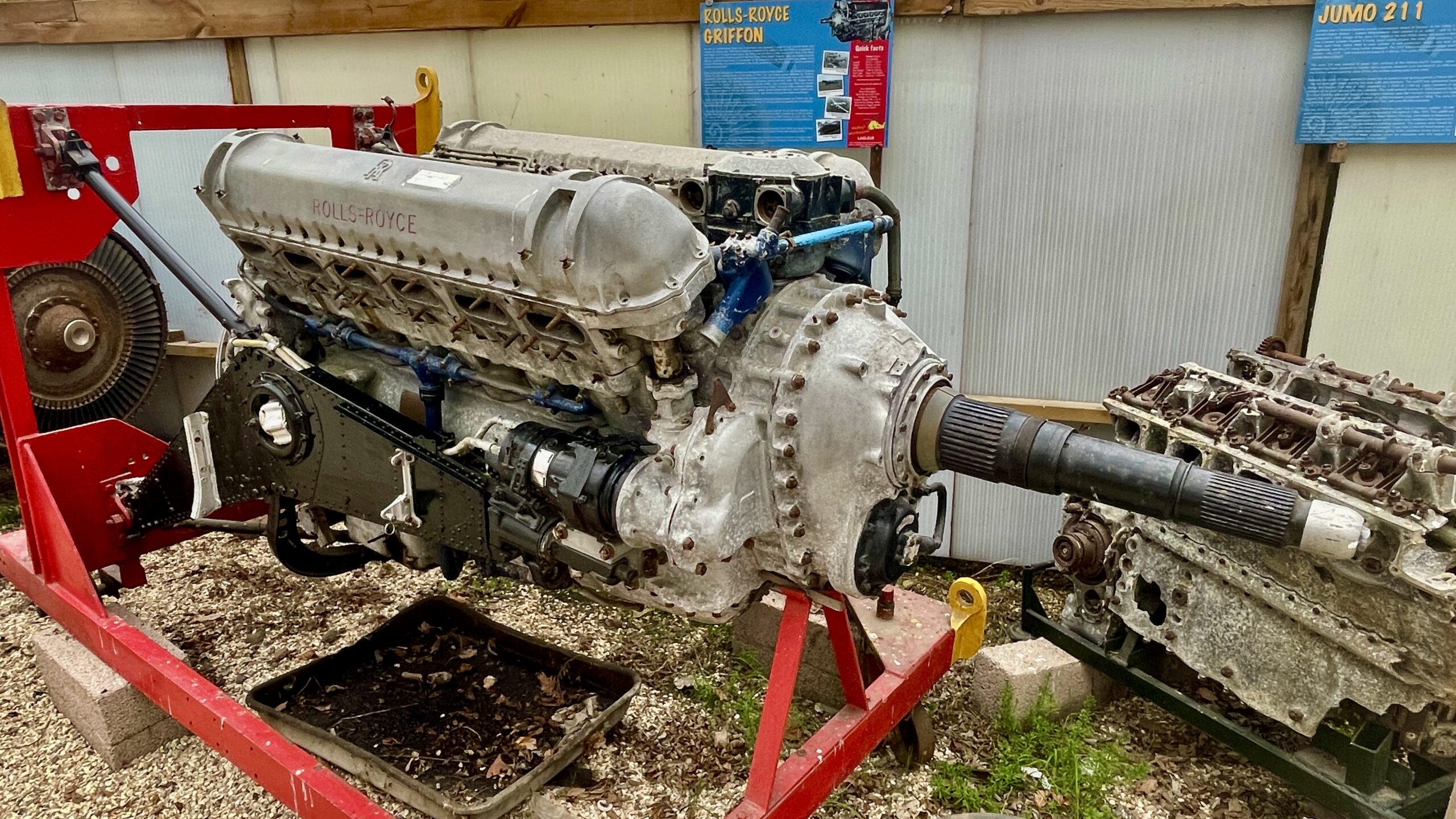
Around 150,000 Merlin engines were built in total. Despite the fact that demand often outweighed supply due to the desire to attain it. As British manufacturers couldn’t keep up with the amounts of engines needed, the engine design was licensed to Packard in the U.S. with the ultimate aim of aiding in production of the Merlin. This engine was known as the Packard V-1650 Merlin.
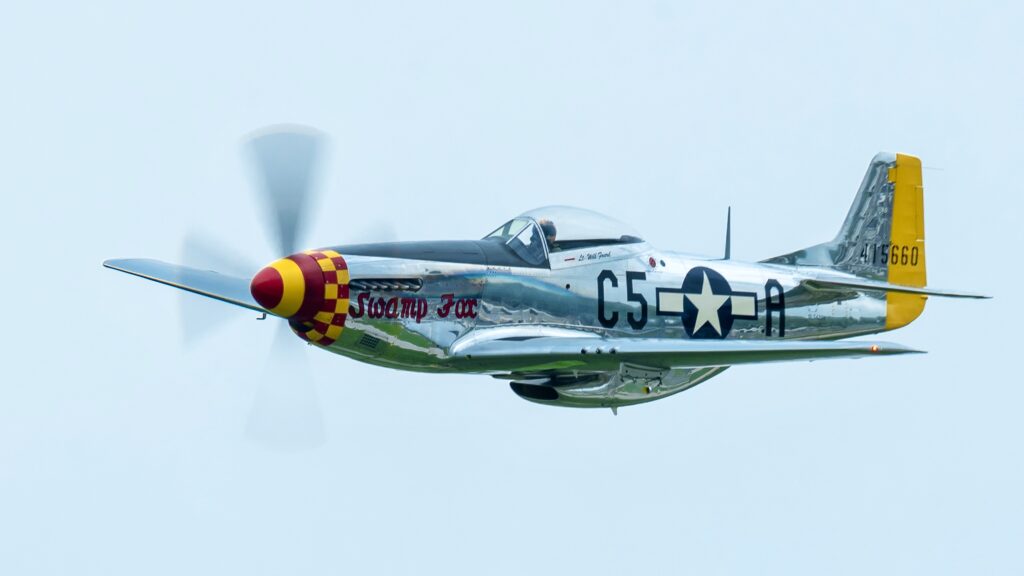
The first production tank that used the Meteor was the Cromwell, a tank lacking in armor and firepower compared to their German counterparts, but cherished by its crews for its speed. It would eventually power the British Centurion, a tank that is today regarded by some as one of the best tanks to have ever been produced.

